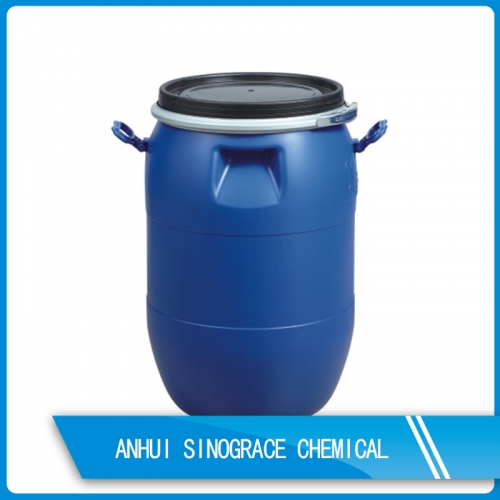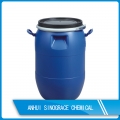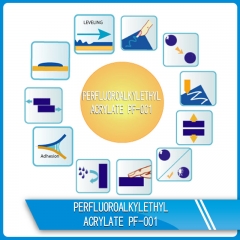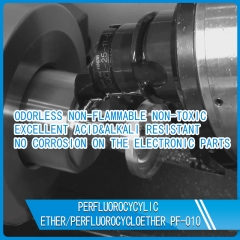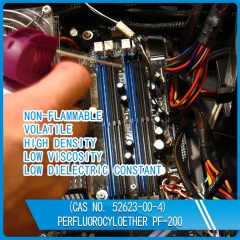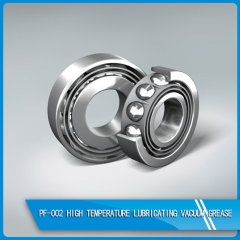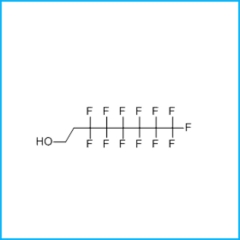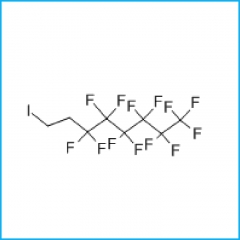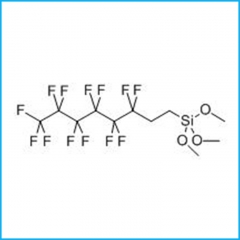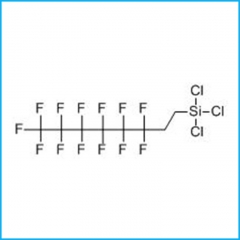|
l It
is very easy to copolymerize with other acrylate monomers in solution. Its
copolymer is particularly suitable for preparing coatings. Copolymerization
of dodecyl heptyl methacrylate with acrylic monomers for coatings can improve
the chemical stability and weather resistance of coatings. Hydrolytic
resistance, hydrophobic and oleophobic. This coating can form a coating with
good adhesion and strength during drying at room temperature
l It
can be copolymerized with monomers with active functional groups such as
(meth) acrylic acid, hydroxyacrylic acid ester, and hydroxyacrylamide to form
thermosetting copolymer resins containing reactive functional groups. This
resin can be used under the action of a crosslinking agent. Cured at room
temperature or lower. Because dodecyl heptyl methacrylate contains multiple
fluorine atoms, it has strong hydrophobicity, thereby reducing the phenomenon
of coating film chalking, cracking, and gloss reduction caused by monomer
hydrolysis. The addition of dodecafluoroheptyl methacrylate also greatly
improves the pollution resistance
l It
has properties close to typical acrylic monomers, and can also be used for
emulsion polymerization. As a fluorine-containing monomer,
l due
to the surface-active effect of fluorine, in order to improve the stability
of the emulsion during polymerization. Polymerization with fluorinated
emulsifiers
l It is difficult to polymerize dodecyl
heptyl methacrylate with light irradiation. It is particularly suitable for
copolymerization with certain UV polymerizing monomers, and the resulting
copolymer is used as a UV crosslinked resin.
l It can be used as a component of a
variety of special coatings. Due to its excellent chemical stability, this
compound is used as a protective coating for aircraft; it can also be
copolymerized with other vinyl compounds and propylene-based compounds for
use as Paper smooth coating, this coating is necessary to protect the surface
of printed paper and improve gloss, and improve the anti-blocking and
anti-break properties
l Can be used in the manufacture of
contact lenses, photocopying toners, optical fibers, pigments and coatings,
photosensitive resin materials, adhesives, medical equipment
|

 English
English français
français русский
русский español
español العربية
العربية